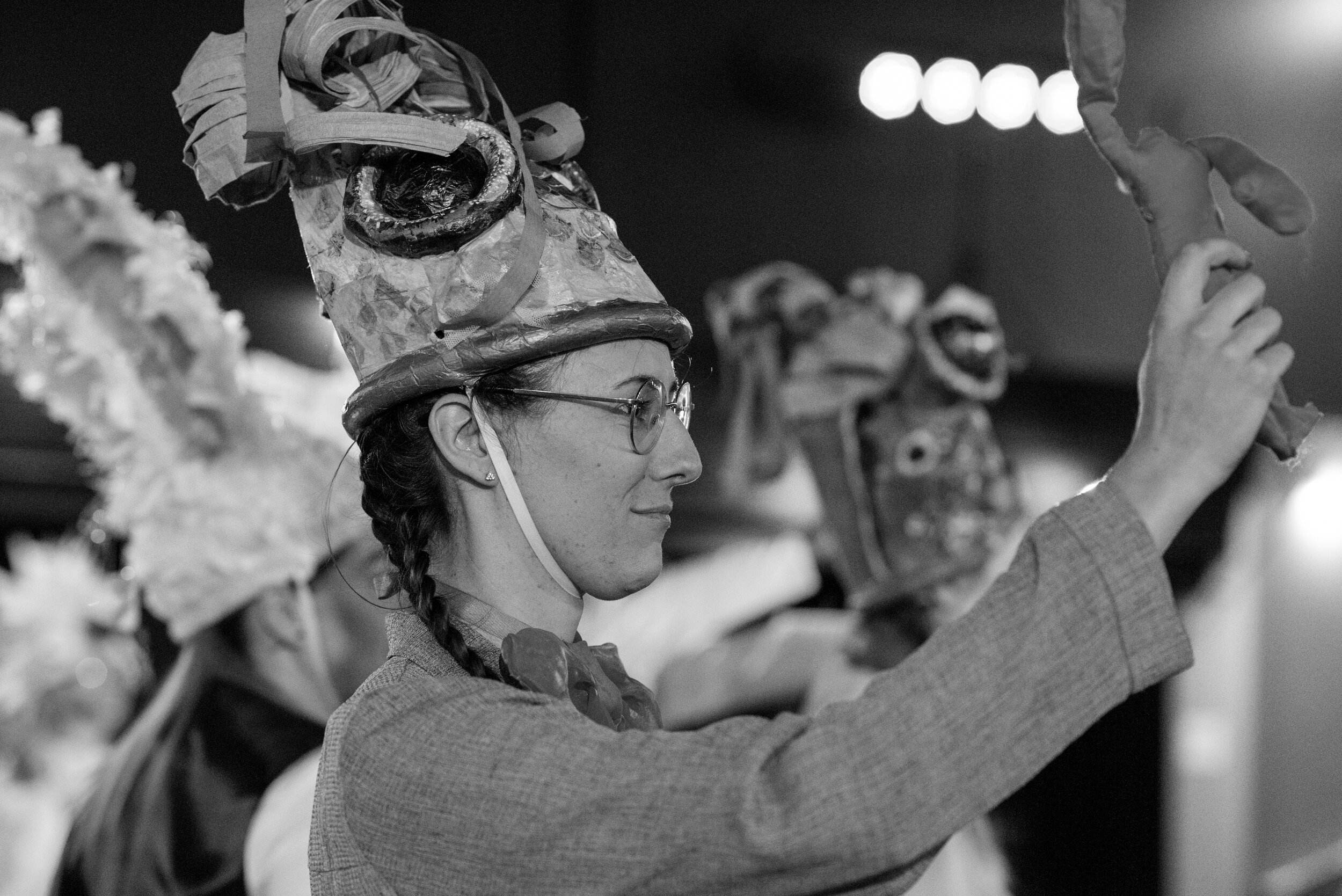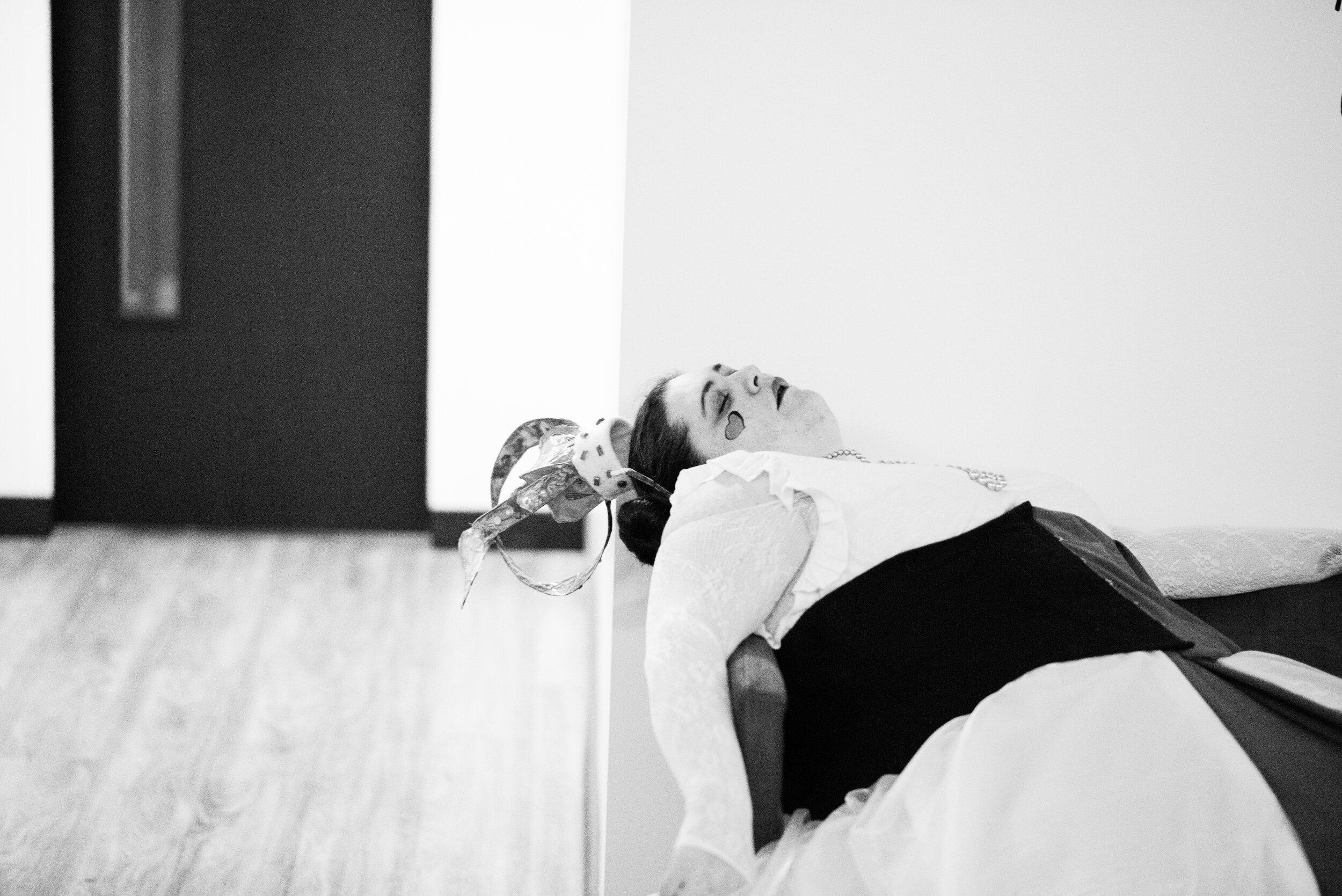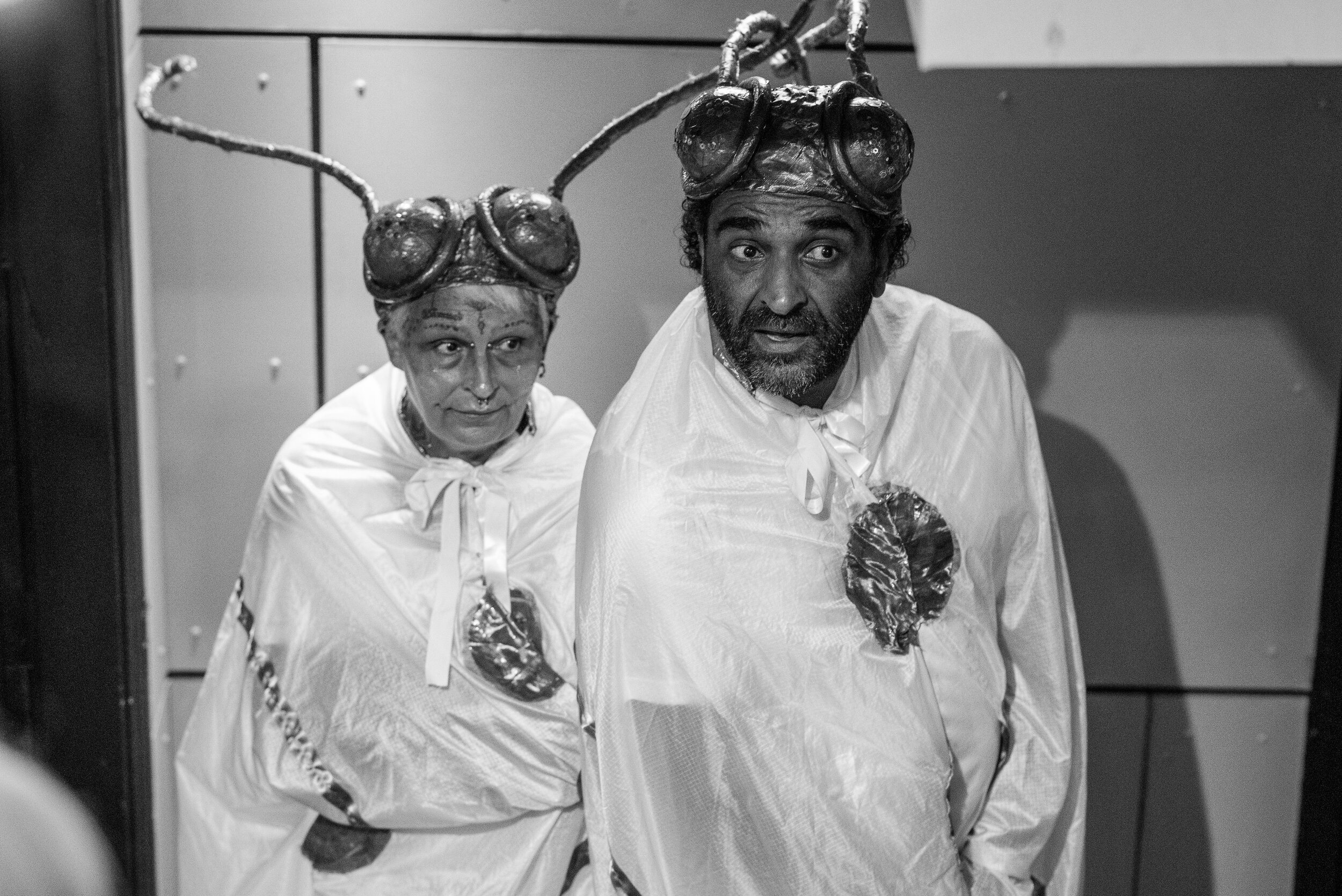Receiving arts funding seems like a dream. I would never have thought ten years ago struggling in a traditional office job after graduating in 2001 that I would be working anywhere near art, but somehow I managed to sidestep into photography. I identified with artists such as Nan Goldin, Jenny Holzer, Jo Spence, Gillian Wearing, artists making stories about their own life often with cameras but tapping into notions of music, theatre, advertising.
It was at art school I discovered the photographic darkroom, a place of solace and mostly left empty as students in 2000 moved more towards digital aspects of photography. There was something magical about using a camera, capturing history but also using a camera to create composition, colour, and capturing life (the human condition). How powerful that a camera could be used by anyone and can be so accessible to all telling personal stories enabling us to look back on our ancestor’s life or see ourselves as a baby, could it also be a cathartic tool or a form of therapy? It has been cited that children who are photographed often feel more connected to the world after all a photograph is a tool for sharing experience and shared experience is what I am interested in the most.
Blackpool is somewhat of a mecca for photography so no surprise we have been photographed in a multitude of ways by many notable photographers. It was mentioned that we might also have the largest concentrate of photographers currently photographing the place in 2021.
With this in mind, it seems wholly rewarding to have the current Grundy Show - Seaside Photographed at The Grundy Gallery featuring the work of well-known photographers including Jane Bown, Vanley Burke, Bill Brandt, Anna Fox, Paul Nash, Martin Parr, and Markéta Luskačová. It isn’t just Blackpool that features in the show but it does feature as you might expect.
Photographing lockdown meant for me and three other Blackpool-based photographers an invitation to sit alongside the exhibition in their forecourt show #Worktownghosttown a series of images of Blackpool in lockdown. “#WORKTOWNGHOSTTOWN draws influence from the Mass-Observation study of Bolton and Blackpool (1937-40), known as the Worktown Project, in which Blackpool was heavily profiled as a site of mass tourism and pilgrimage for working people. Throughout this period of an extended period of intermittent lockdowns the photographers have continued to work where and when possible, to document Blackpool; a storied site of mass tourism and pilgrimage at a time of lockdown, social distancing, and travel restrictions.”
In lockdown, Blackpool felt like it might belong to the residents again, it feels unusual to be a resident in a tourist town, I will talk about that again later. Empty streets meant a cleaner environment, the architecture was easier to see and home felt like a luxury as the town was handed back to the people who live here. Early morning walks created a new appreciation of a town that is often descended on by drunken revelers and time slowed down without the sound of arcades or music being pumped into the air.
I get commissioned to document happenings by arts organisations, artists, civic organisations and Blackpool tourism. But in the back of my mind, my approach to photography hopes to explore something deeper, I don’t feel like a service provider although I am sometimes treated like one creating images for folks’ websites or creative happenings. But there is a different element to creating photographs as there is to all actions, pastimes and in general life, it is all storytelling. Popular media tells us many stories, it separates and quantifies the good stuff from the bad stuff, dishing out labels and status. Culture is appropriated or turned into a commodity if it is deemed good enough. For what is deemed the bad stuff does it feel like something else, does it separate you?
There are always conversations about how photographs of pain are the truth that will spur governments to take a stance to send investment this way. Images of addiction and hunger and poverty are fed again and again to us by mass media or shown in an art gallery of which only a “certain audience” will tour. What will this do?
I found at art college in the south that photography is damn expensive, film, cameras, lenses - historically those cameras are in the hands of folks with dosh and therefore stories are told by people with the dosh (how do we question this). In turn, Photography feels like it has qualities of power especially when we might find well-heeled sorts touring spaces to capture how the other half lives historically? Wielding a lens reflects power, you need only place a DSLR in the hands of a young person to see how transformative holding that object can be. Photography can also be performative, how a photographer stages an image, how a participant responds to a camera - what is inside the frame and what is left out. What is then the exchange between what we are photographing and how we communicate that to a broader audience and feel like we are part of that as a participant in an image and as a photographer/artist?
The term socially engaged practice refers to the practice as art that is collaborative, often participatory, and involves people as the medium or material of the work.
Being a resident in a tourist town is an odd feeling, like a fish in a fishbowl. Blackpool may have had aspirations in the past but in recent times it’s a playground for hen and stags who sometimes seem to forget that people actually do live here. I wonder about labels and limitations put upon us by popular media and our own expectations of a place where accessing something as simple as the beach is not always high up on a local person’s list of things to do, do our well-illuminated promenades make a great background for social disparities. Perhaps lack of investment and lack of opportunity has a different face, communities whose hardship is every day does not always need to be represented by a well-meaning artist or creative, I firmly believe that we should somehow be telling our own stories and that creativity is a human condition in all of us - for me that is the only way it can be empowering.
England's most deprived areas named as Jaywick and Blackpool - BBC News - Article citation “While we welcome funding such as the recently announced Stronger Towns Fund or Future High Streets Fund, what Blackpool really needs is a long-term strategic relationship with central government to solve the unique problems that have led to deprivation on this scale."
How are Blackpool voices heard? I am a Blackpool person, I have lived here all my life - the stories I see, the documentation of deprivation and pain are often removed, packaged up to sell back to us - I feel alienated. They exist I have experienced them but they look very different on closer inspection. Is it uncommon to find artists or communities making work about their own experiences or lives. The best thing I ever heard in a zoom conversation about this very thing was when a broad Manchester voice piped up “Why do photographers/artists like to make work about poor people?” - someone give that woman a camera.
Cups of tea, space, and building relationships - Working with The Old Electric to explore collaborative photographic approaches (Socially engaged practice). The term socially engaged practice refers to the practice as art that is collaborative, often participatory, and involves people as the medium or material of the work.
A Resident in a Tourist Town is the working title of my current Arts Council England DYCP it aims to explore relationships with the new Old Electric Creative Space in Blackpool and its surrounding areas. Photographing and documenting The Old Electric as well as documenting happenings within the space such as community theatre, the actors, and volunteers within the space. I am interested in how photography can be a shared act and the power photography can communicate to demonstrate and capture radical happenings in turn exploring how DIY happenings come up through and are created by the people involved with them.
A community is a social unit (a group of living things) with commonality such as norms, religion, values, customs, or identity. Communities may share a sense of place situated in a given geographical area (e.g. a country, village, town, or neighbourhood) or in virtual space through communication platforms. Durable relations that extend beyond immediate genealogical ties also define a sense of community, important to their identity, practice, and roles in social institutions such as family, home, work, government, society, or humanity at large.[1] Although communities are usually small relative to personal social ties, "community" may also refer to large group affiliations such as national communities, international communities, and virtual communities.[2]
I have begun to photograph with a small group with varying photography experience questioning how Blackpool is perceived locally and nationally. Exploring how Blackpool has been photographed historically and the stories that have been communicated. A number of images have been created using analog and disposable cameras to create prints at an independent darkroom space in a housing estate in South Blackpool accessible until the end of August 2021. From May to June I set up and spent time in the darkroom close to an area I grew up in aiming to create a shared experience and connection with the community. In this time I created a series of small films, audios, and encouraged residents to share personal photographs and the stories attached to them - The film can be found here “Radishes at Boston Way”
This blog post forms part I of an Arts Council England Award - Social and Community-based photography approaches in Blackpool.






















